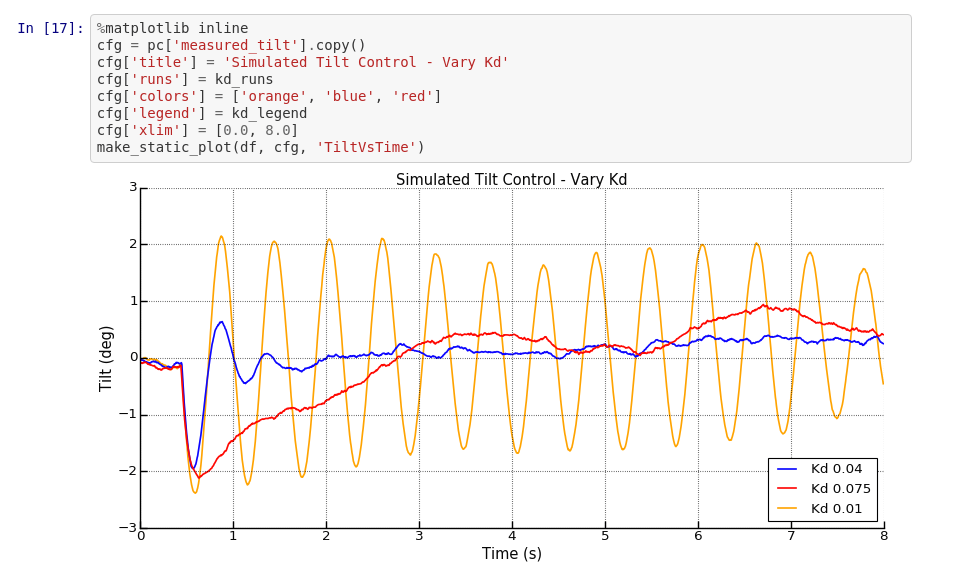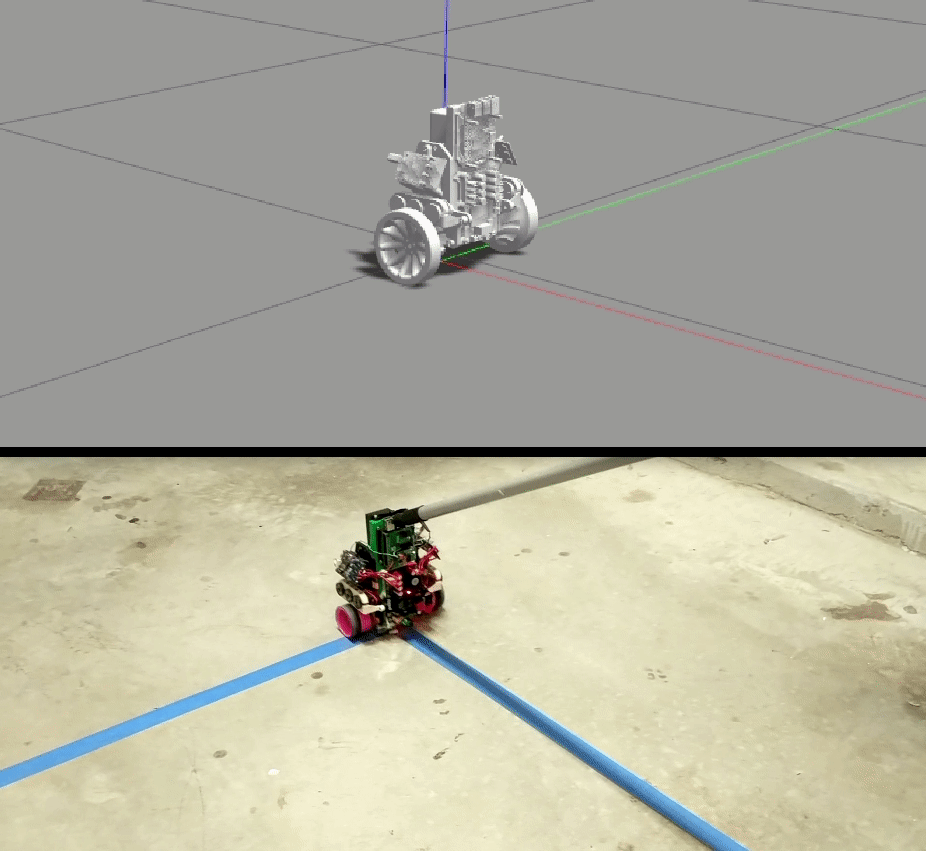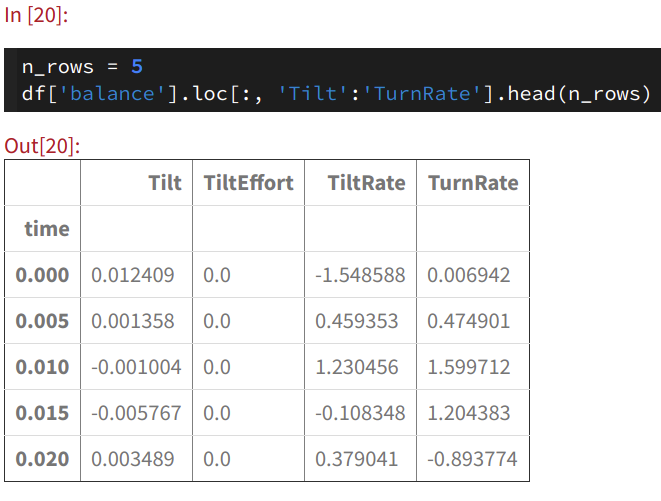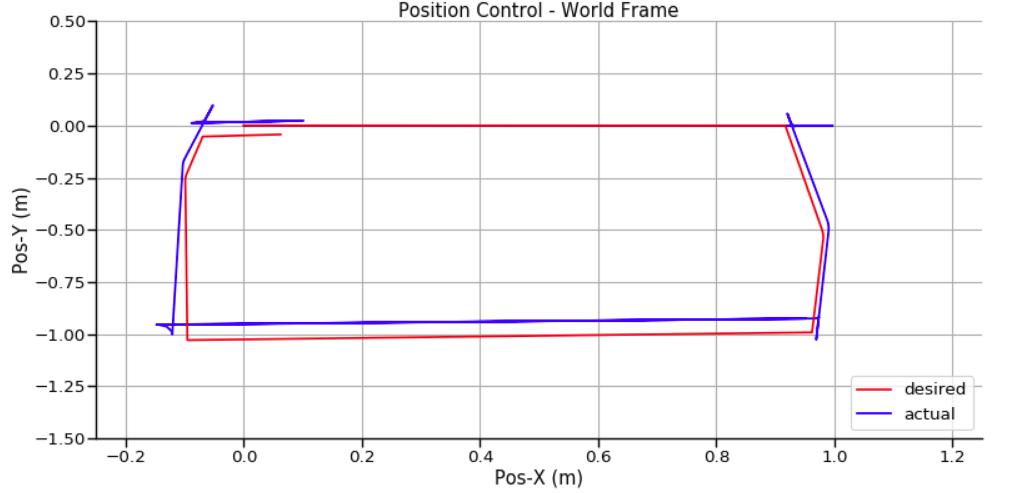Using Matlab With Bobble-Bot
Posted on June 30, 2019 in Matlab
Bobble-Bot now speaks Matlab! Matlab and its companion simulation software, Simulink, are widely used desktop applications across many fields of engineering. It is especially useful for developing and testing prototypes for control systems. In this post, we take a look at using Matlab in combination with techniques from image processing to create a control loop that allows Bobble-Bot to track and follow a blue ball.
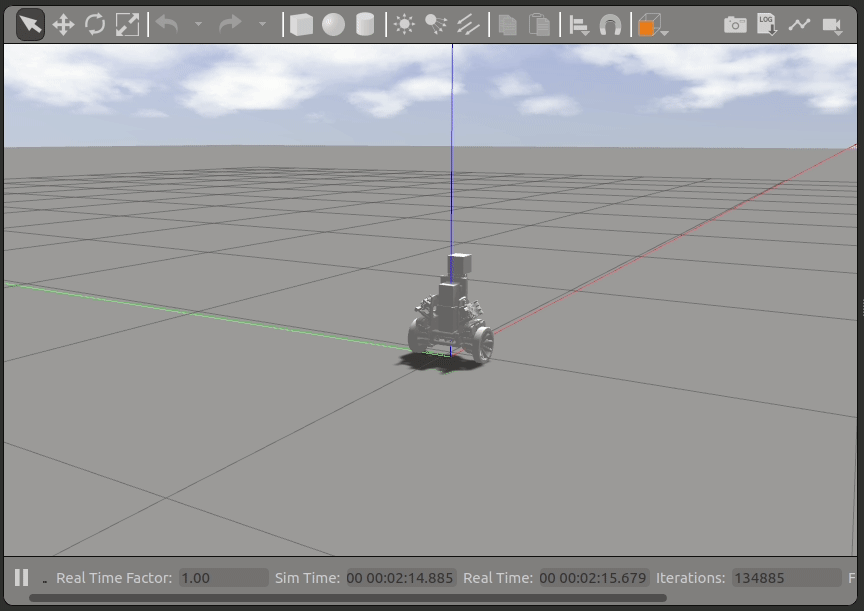
Learn more
